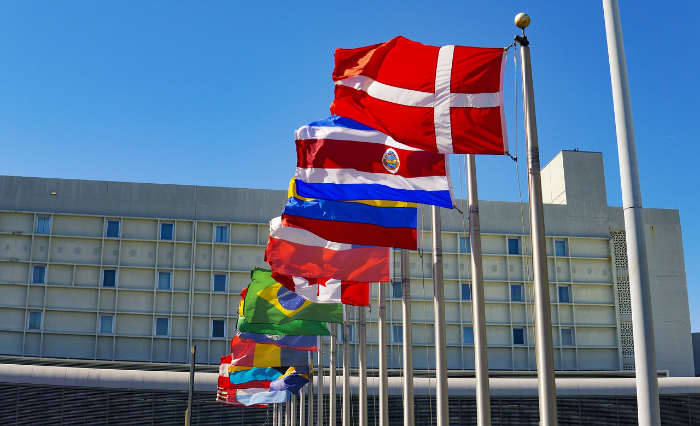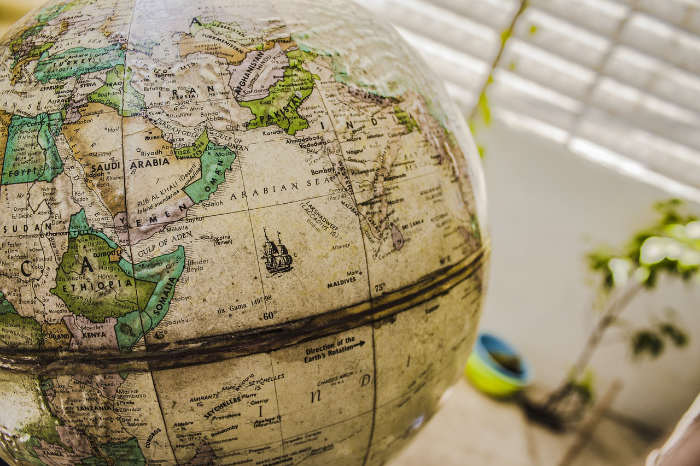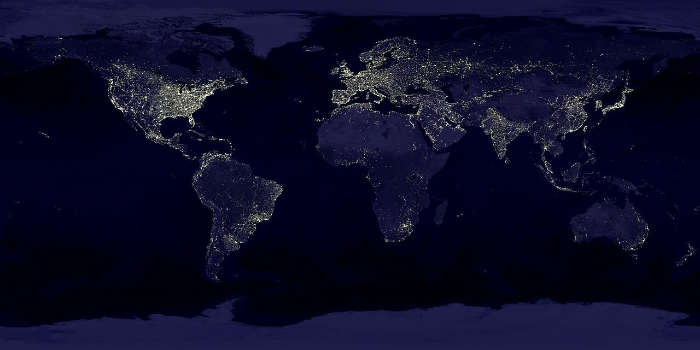GNI per Capita by Country 2025

0
$20K
$40K
$60K
$80K
$100K
$120K
$140K
$160K
- Countries which lack an up-to-date GNI per capita estimate have been excluded.
Snapshot
-
GNI, an economic metric, assesses a nation's total income, factoring in citizens' earnings globally, offering a comprehensive view of economic health.
-
GNI per capita, dividing national income by population size, provides a nuanced measure of an economy's efficiency and individual prosperity levels.
-
GNI does not account for income inequality within nations, meaning high per capita figures can coexist with significant wealth disparities among residents.
Gross National Income (GNI) is an economic metric that measures the overall income brought into a country by its citizens from anywhere in the world (including foreign investments). GNI is nearly identical to Gross National Product (GNP), which measures the earnings of a country’s citizens but also includes overseas earnings that weren’t transferred home. Both GNI and GNP are also often evaluated in conjunction with Gross Domestic Product (GDP), and all three are valuable tools in measuring and monitoring the health of a nation’s economy.
GNI may be expressed as a single per-country total or as a per person (per capita) value, which divides the country’s collective total GNI by the number of people living in that country. Per capita values are helpful because they adjust for the impact of population upon a country’s GNI, which gives insight into the efficiency of that economy.
Top 10 Countries with the Highest GNI per Capita in the World (Atlas method US$)
Data for year 2021 except Isle of Man (2019). The country Liechtenstein would likely also rank in the top 10, but its most recent confirmed World Bank data is from 2009, so it has been excluded for want of more up-to-date data. Due to the presence of several non-sovereign UK territories in the rankings, this list has been lengthened to include the top 10 countries in addition to those territories. For full data for every country with 2020-21 data, see table below page text._
Comparing GNI to GNI per Capita
GNI is an excellent measure of the true output of a nation’s economy, free of the distortions that can be caused to GDP by a country’s international tax laws. However, like GDP, a country’s GNI is heavily influenced by its population. As a rule, a higher population leads to a larger workforce and in turn to a larger GDP. A country with a smaller population and GNI may in fact have a more productive economy, which may be non-evident in the GNI data but revealed by GNI per capita data.
To illustrate this concept, consider two imaginary countries: Country A has a population of one million people and a GNI of $400 million (USD), while Country B has 200,000 people and a GNI of $200 million (USD). Country A’s total GNI is twice as large, so it would seem to have the healthier economy. But converting GNI to GNI per capita reveals that Country B is actually operating more than twice as efficiently, generating 50% as much income as Country A with only 20% of the workers.
| Country | GNI | Population | GNI per Capita |
|---|---|---|---|
| Country A | $400,000,000 | 1,000,000 | $400 |
| Country B | $200,000,000 | 200,000 | $1,000 |
In the real world, economic imbalances such as this can have many causes. One of the most common examples is when a developed country with a small population but a diverse and technologically advanced economy is compared to a developing or least-developed country with a larger population, but a less mature economy. The smaller, but more-developed country will nearly always have a much higher GNI per capita, as the goods produced by a more advanced economy command higher prices than the goods produced by the less-developed economy.
GNI, the Atlas Method, and Purchasing Power Parity (PPP)
Because most countries in the world have their own currency and the relative values of those currencies are always in flux, GNI is usually converted into a standard monetary unit using one of two techniques. First is the Atlas method, which converts each country’s data to U.S. dollars (USD), using either a benchmark year (such as 2017 dollars) or the dollar’s current value. Second is the Purchase Power Parity (PPP) method, which converts each country’s data into International Dollars (INT$), an imaginary currency designed to make country-to-country comparisons easier.
The actual values that result from these computations often differ significantly between the two methods. For instance, Bermuda’s Atlas value for 2021 was 122,470 (US$) while its PPP value was 91,950 (INT$). However, both methods tend to result in ruggedly similar lists, with countries appearing in the same general section of the list even if their specific ranking changes between the two methods (and also from year to year).
What GNI does Not Indicate
Although GNI is arguably the most accurate at-a-glance measurement of a country’s overall economic health, it is not in any way indicative of the actual wages earned by a typical worker in a given country. GNI cannot track income inequality. A country in which 10,000 residents each earned $100,000 a year would have the same GNI per capita as a country in which one resident earned a billion dollars and the other 9,999 people were penniless.
| Country | Income of Richest Person | Income of 9,999 Remaining Residents | GNI per Capita |
|---|---|---|---|
| Country C | $1,000,000,000 | $0 | $100,000 |
| Country D | $100,000 | $100,000 | $100,000 |
Selected Profiles of Countries with High GNIs per Capita
Bermuda
Tourists know this British territory for its beautiful beaches, but global economists know it as one of the highest-income countries in the world. While tourism is still a tentpole of Bermuda’s economy, the country’s financial services, particularly in the international insurance sector, generate the largest portion of its income. This, combined with the country’s comparatively tiny population, is a main reason for its massive GNI per capita.
Iceland
Although Iceland’s economy was negatively affected by the 2008 global financial crisis (and, like the rest of the world, the 2020 COVID-19 shutdown), its economy has rebounded and grown, especially in the tourism sector. In the past, Iceland’s economy relied heavily on fisheries, but tourism has since become the country’s primary export industry.
Ireland
Ireland was the first country in the European Union to fall into a recession during the 2008 financial crisis, and gained a reputation as one of the world’s leading tax haven countries starting around 2015. These days, many (but not all) economists have softened their stance on the integrity of the country’s financial dealings. Either way, there’s no denying the impact that financial services have on Ireland’s GNI per capita. Ireland is also one of the world’s leading exporters of pharmaceutical goods and software services.
Luxembourg
Luxembourg is a tiny country, but with an economy focused on highly profitable banking, steel, and industrial business, it has one of the highest per capita measures of GDP, GNI, and GNP in the world.
Macau (China)
Macau’s GNI dropped significantly in 2020, largely due to the debilitating impact of the 2020 COVID-19 pandemic on the country’s tourism and gambling sectors. Macau is one of the most popular gambling and gaming destinations in the world, and its tourism sector—a major contributor to its strong economy—was significantly hampered by the global shutdown. While COVID-19 is still a significant factor in the region as of 2023, all projections point to Macau quickly recovering as travel restrictions roll back, enabling the country to resume its place as one of the richest countries in the world.
Norway
Norway remains one of the wealthiest in the world. Norway’s economy is strong, with a relatively small gap between the poor and the wealthy, and based largely around significant exports of petroleum and seafood. Norway has one of the highest costs of living in the world, but also enjoys one of the world’s highest standards of living and is among the happiest countries in the world.
Switzerland
One of the world’s most peaceful nations, Switzerland has a thriving international banking industry, which has contributed to its economic success alongside the country’s tourism and export industries. Switzerland is considered one of the world’s most innovative countries and is among the richest landlocked countries on the planet.
United States
The U.S. has long been one of the wealthiest countries in the world thanks to its massive cache of natural resources, huge swaths of fertile farmland, strong infrastructure and innovation, and productive workforce. The U.S. also benefits from a thriving entrepreneurial culture and world-class research universities. The U.S. is the world’s leading producer of oil and also natural gas (though it is also the leading consumer of both),
























